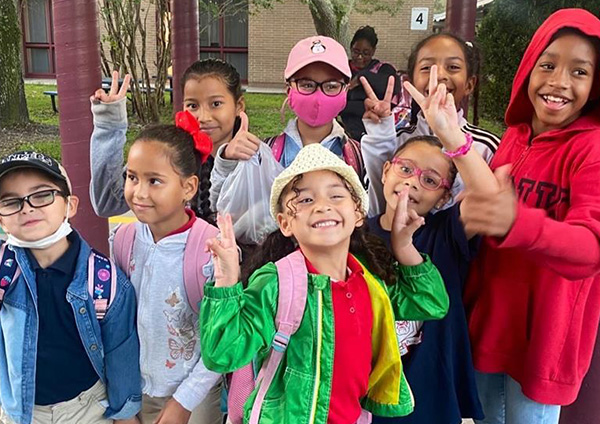We partner with you to develop tailored, comprehensive services that match the need of your school and the community it serves. We meet you where you are, and focus on your instructional vision, initiatives, and goals. We work together with leaders and teachers to strengthen instructional systems and practices to improve outcomes for ALL students.
We go beyond school improvement to partner with you for school advancement. School achievement scores and community needs may influence where your journey begins and your Pathway to Advancement, but not your destination.



